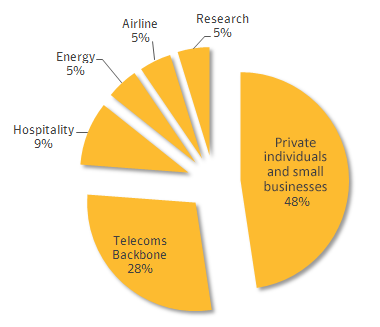
An advanced piece of malware, known as Regin, has been used in systematic spying campaigns against a range of international targets since at least 2008, says a Symantec report. A back door-type Trojan, Regin is a complex piece of malware whose structure displays a degree of technical competence rarely seen. Customizable with an extensive range of capabilities depending on the target, it provides its controllers with a powerful framework for mass surveillance and has been used in spying operations against government organizations, infrastructure operators, businesses, researchers, and private individuals, according to the report.
It is likely that its development took months, if not years, to complete and its authors have gone to great lengths to cover its tracks. Its capabilities and the level of resources behind Regin indicate that it is one of the main cyberespionage tools used by a nation state.
Regin is a multi-staged threat and each stage is hidden and encrypted, with the exception of the first stage. Executing the first stage starts a domino chain of decryption and loading of each subsequent stage for a total of five stages. Each individual stage provides little information on the complete package. Only by acquiring all five stages is it possible to analyze and understand the threat.
Regin also uses a modular approach, allowing it to load custom features tailored to the target. This modular approach has been seen in other sophisticated malware families such as Flamer and Weevil (The Mask), while the multi-stage loading architecture is similar to that seen in the Duqu/Stuxnet family of threats.
Regin infections have been observed in a variety of organizations between 2008 and 2011, after which it was abruptly withdrawn. A new version of the malware resurfaced from 2013 onwards. Targets include private companies, government entities and research institutes. Almost half of all infections targeted private individuals and small businesses. Attacks on telecoms companies appear to be designed to gain access to calls being routed through their infrastructure.
Regin’s developers put considerable effort into making it highly inconspicuous. Its low key nature means it can potentially be used in espionage campaigns lasting several years. Even when its presence is detected, it is very difficult to ascertain what it is doing. Symantec was only able to analyze the payloads after it decrypted sample files.

 In
In
Add new comment